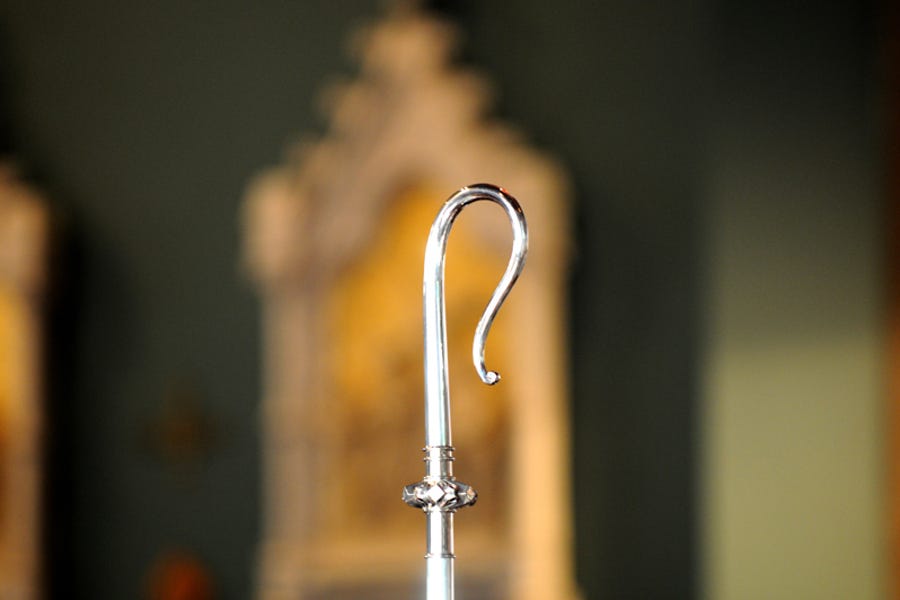The Catholic Church’s bishop-elect problem
What's going on with episcopal appointment interruptions?
When the Vatican announces the appointment of a new diocesan bishop, it’s typically an occasion for rejoicing among local Catholics.
They may have had to wait months, even years, for a new shepherd, and are likely to feel a sense of relief that the vacancy is …

